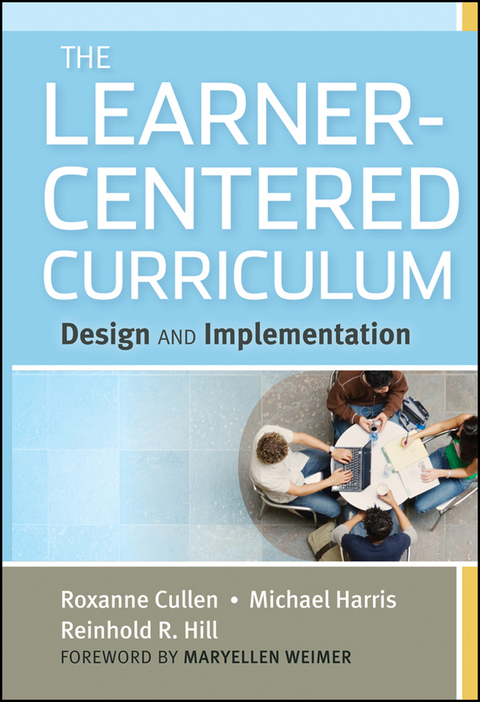Description
Efnisyfirlit
- Cover
- Title
- Copyright
- Dedication
- Foreword
- Preface
- Purpose
- Audience
- Structure
- Acknowledgments
- About the Authors
- Chapter 1: Why Redesign Curriculum?
- The Call for Creativity and Adaptability
- Can Creativity Be Taught?
- Can Adaptability Be Taught?
- Why Change Curricula?
- The Learner-Centered Environment
- Creativity and the Power of Choice
- Chapter Summary
- Chapter 2: Curriculum Design in the Instructional Paradigm
- Curriculum History
- Disciplines and Divided Communities
- The Instructional Paradigm and Curriculum
- Ownership of Knowledge
- Five Underlying Assumptions
- Accrediting Bodies and Curricular Change
- Chapter Summary
- Chapter 3: The Learner-Centered Curriculum
- Postmodernism and Curriculum Design: Richness
- Postmodernism and Curriculum Design: Recursion
- Postmodernism and Curriculum Design: Relations
- Postmodernism and Curriculum Design: Rigor
- Postmodernism and Curriculum Design: Seeking Integration
- What We Mean by Learner-Centered
- Chapter Summary
- Chapter 4: Leading Curricular Implementation
- Adopting a Rogerian Approach
- Reducing Threat with Programs That Fit: Compatibility
- Reducing Threat Through Profitability
- Preparing Faculty
- Adopting Learner-Centered Attitudes and Behaviors
- Engaging in Conversations About the Possibilities: What If?
- Making the Most of Timing
- Infusing Assessment
- Chapter Summary
- Chapter 5: Learner-Centered Design in Practice
- Recursion
- Rigor
- Richness
- Relations
- Community
- Power Sharing
- Assessment
- Revising an Existing Program
- Chapter Summary
- Chapter 6: Assessment Aimed at Learner Autonomy
- Understanding Assessment in Learner-Centered Contexts
- Applying Assessment in Learner-Centered Academic Plans
- Chapter Summary
- Chapter 7: Innovating Through Technology
- Emerging Trends
- Breaking the Time-Bound Barrier
- Breaking the Place-Bound Barrier
- Fostering Autonomy Through Technology
- Building Community Through Technology
- Using Technology to Assess
- Chapter Summary
- Chapter 8: Learning Spaces That Support Learner-Centered Curricula
- Physical Spaces as Learning Environments
- Rethinking Our Use of Space
- The Influence of the Instructional Paradigm on Physical Spaces
- Realigning with the New Paradigm: What the Research Tells Us
- Renovating for Symbolic Impact
- Community and Collaboration by Design
- Sharing Power
- Low-Cost Options
- Chapter Summary
- Closing Thoughts
- References
- Index
- End User License Agreement






Reviews
There are no reviews yet.